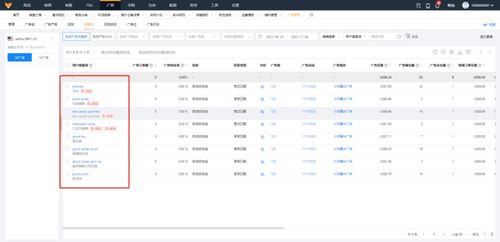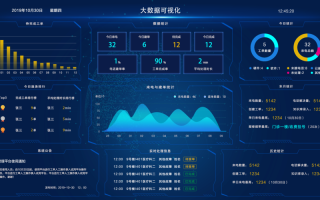Title: Exploring Backend Functionalities of Big Data Dashboards
In the realm of big data, dashboards serve as vital tools for visualizing and interpreting complex datasets. While the frontend of a big data dashboard captures user attention with its intuitive interface and visually appealing charts, the backend is where the magic truly happens. Let's delve into the backend functionalities of big data dashboards, exploring the key components and their roles in processing, analyzing, and presenting data effectively.
Data Ingestion and Integration
At the core of any big data dashboard lies the process of data ingestion and integration. This involves collecting data from various sources, such as databases, APIs, streaming platforms, and files, and integrating them into a unified format suitable for analysis. Backend systems employ techniques like Extract, Transform, Load (ETL) to cleanse, transform, and structure the incoming data before storing it in a suitable data repository.
Guiding Principle:
Ensure seamless integration and transformation of diverse data sources to maintain data integrity and consistency.Data Storage and Management
Efficient data storage and management are essential for handling large volumes of data in a big data dashboard. Backend systems utilize robust databases, data lakes, or data warehouses to store structured, semistructured, and unstructured data. These storage solutions are optimized for scalability, performance, and fault tolerance, allowing quick access to data for analysis and visualization.
Guiding Principle:
Implement scalable and reliable data storage solutions to accommodate growing data volumes and ensure accessibility and durability.Data Processing and Analysis
The backbone of a big data dashboard's backend is its data processing and analysis capabilities. Backend systems employ distributed computing frameworks like Apache Hadoop, Apache Spark, or cloudbased services like Amazon EMR and Google BigQuery to perform complex data processing tasks. This includes data aggregation, filtering, transformation, and running analytical algorithms to derive meaningful insights from the data.
Guiding Principle:
Utilize parallel processing and distributed computing techniques to handle largescale data processing tasks efficiently and expedite insights generation.Security and Access Control

Protecting sensitive data and ensuring secure access to authorized users is paramount in big data dashboard backend design. Robust security measures, including encryption, authentication, and authorization mechanisms, are implemented to safeguard data integrity and confidentiality. Access control policies are enforced to regulate user permissions and restrict unauthorized access to sensitive information.
Guiding Principle:
Implement comprehensive security measures to safeguard data privacy, prevent unauthorized access, and comply with regulatory requirements.Performance Monitoring and Optimization
Continuous monitoring and optimization are essential to maintain the performance and reliability of a big data dashboard backend. Backend systems incorporate monitoring tools and logging mechanisms to track system health, resource utilization, and performance metrics in realtime. Performance bottlenecks are identified, and optimization strategies are implemented to enhance system scalability, efficiency, and responsiveness.
Guiding Principle:
Employ proactive monitoring and optimization strategies to identify and address performance bottlenecks, ensuring optimal backend performance.Conclusion
The backend of a big data dashboard plays a pivotal role in processing, analyzing, and presenting data to facilitate informed decisionmaking. By understanding the key functionalities and best practices outlined above, organizations can design robust backend systems that effectively support their big data dashboard initiatives, empowering users with actionable insights derived from large and complex datasets.
标签: 大数据看板背景图片 大数据展示软件 大数据面板 大数据可视化看板



评论列表
大数据可视化看板科技成就未来展望新视角,